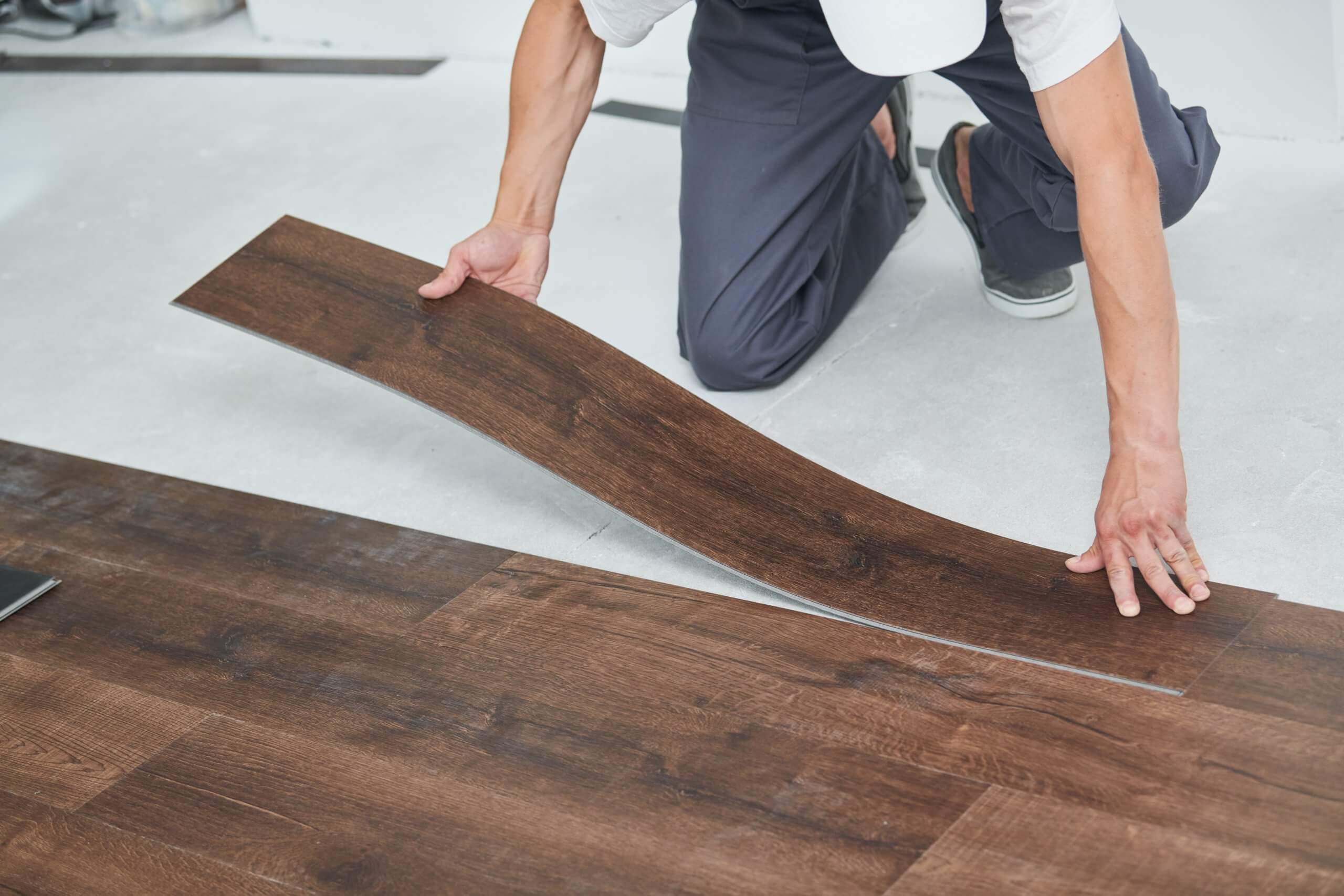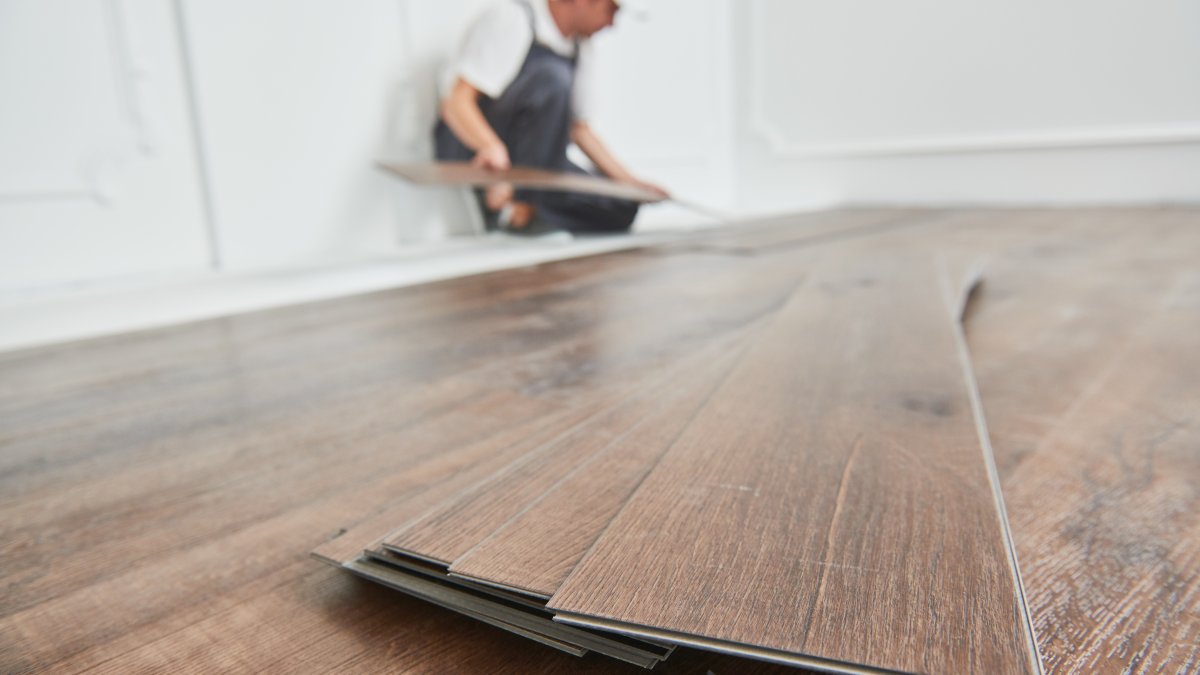
Your home’s flooring is constantly exposed to wear and tear, meaning, it won’t last indefinitely. It’s bound to disintegrate after decades of being stepped on. Stains, cracks, scratches, and other problems might happen to your floor. These can become health hazards and decrease the value of your property if left unfixed.
When deciding what to do, you have a variety of flooring options. Continue reading to determine when it’s time to contact a floor installation professional to help you upgrade your floors.
1. Its Quality Is Declining
Cracked tiles and ruined carpets are common. Over time, the majority of flooring will be dented and filled with scratches. However, there are more concerning signs to monitor. Perhaps your hardwood flooring has buckled or warped? Understandably, they can also be injured by water, which, if left untreated, might cause wood rot.
Mildew may be producing discoloration in the grout between your tiles that will not go away despite repeated washing. Are there any cracks in the floorboards of your home? These cracks might raise insects and dust mites. For easy and affordable solutions, Vinyl flooring and laminate are common flooring types that people go for when replacing their old floors.
2. The Stains Do Not Disappear
Stains never look good, and if you spend hours attempting to remove a tough stain from your carpet, it may be time to replace it. Stains may emerge suddenly and are an unavoidable part of your flooring, especially in houses with dogs and children. However, if the stain has been there for an extended period, it’s doubtful that you can remove it. If all other options have been exhausted, a new vinyl and laminate flooring may be necessary.
3. Several Of The Panels Have Peeled Away
Both vinyl and laminate flooring are economical flooring solutions. They’re simple to assemble and come in an array of tints and colors. Unfortunately, they exhibit more significant wear and tear than other materials, particularly in high-traffic areas of the home.
Pools can form in bathroom and kitchen openings where water often escapes, swelling and breaking the floor, and your Honeywell thermostats will be ruined too. Additionally, damaged vinyl may separate from the floor, exposing the subfloor and perhaps introducing mold colonies.
4. Your Allergies Are Uncontrollable
Asthma, throat pain and flu are just a few of the frequent symptoms of indoor air pollution caused by dust mites and mold. While it’s well known that carpets can retain bacteria and allergens such as dust and dander, other types of flooring can also harbor mold in the subfloor if they are not placed properly or are prone to water damage. Due to their hypoallergenic characteristics, laminate and vinyl floors are frequently recommended for allergy patients.
5. Mold Is Growing On Your Floors
Mold thrives in dark, wet, and warm settings, which can occasionally be found beneath your floorboards. If you detect mold growing beneath your floors, you should consider replacing them. Mold can be harmful to one’s health, which is why it’s vital to remove it as soon as possible.
6. It Produces Strange Noises

Is the unusual creaking and moaning of the house the work of a ghost? No, the most possible culprit is your flooring. Typically, flooring that makes such unusual noises is old and in need of replacement.
It’s a sign that rot has established a foothold and will only worsen if left unchecked. It also means that future replacements will be significantly more expensive. Noises are early warning indicators of a more significant problem, so be wary of them and take action before the situation worsens.
7. There Has Been Evidence Of Termite Activity
Termites can destroy even the most costly and resilient hardwood floors. Once they’ve made their way into your wood floors, they can be challenging to eradicate. If you notice indicators of termite damage in your home, such as swelling floorboards or piles of termite ‘dirt,’ your home may be infested.
To halt the spread, contact a local pest control company immediately. All contaminated wood panels must be removed and replaced, as even one of those insects might commence a new infestation.
8. The Style Has Become Too Old For You
Perhaps you’ve relocated to an older home with worn-out flooring. While this may work temporarily, ancient home floors may not complement the overall appearance of the place. If your property is more traditional in style, you may want to consider modern flooring options. It makes sense to invest in something you really like, as house flooring should last for an extended period.
Consider your tastes and select a different type of flooring that is more suited to your style. As new flooring options become available, you’ll have more selections than you did when you chose your current flooring. Alternatively, you may have determined that carpeting is not a realistic option for your living room and have chosen hardwood flooring in its place.
Takeaway
It’s quite easy to overlook your home’s floors, especially if you’ve lived there for a long time. Bear in mind, though, that you will eventually need to replace your flooring. You can look for these signs to determine when you should replace them. While replacing your floors may seem like a costly investment at first, it will pay off in the long run. If you’re not sure where to start, consider calling a local flooring contractor to assess your flooring needs and provide recommendations for the best materials and installation methods.
Ava Clarkson
Related posts
Stay connected
- How LoveOn Chat Is Becoming the Most Versatile AI Companion for Digital UsersThe internet keeps shifting toward hyper-personal interaction, and AI companions are at the center of this shift. What used to be simple chatbots are now evolving into emotionally aware, adaptive, and multi-functional digital partners. Among the new generation of platforms, LoveOn Chat is becoming one... The post How LoveOn Chat Is Becoming the Most Versatile […]

